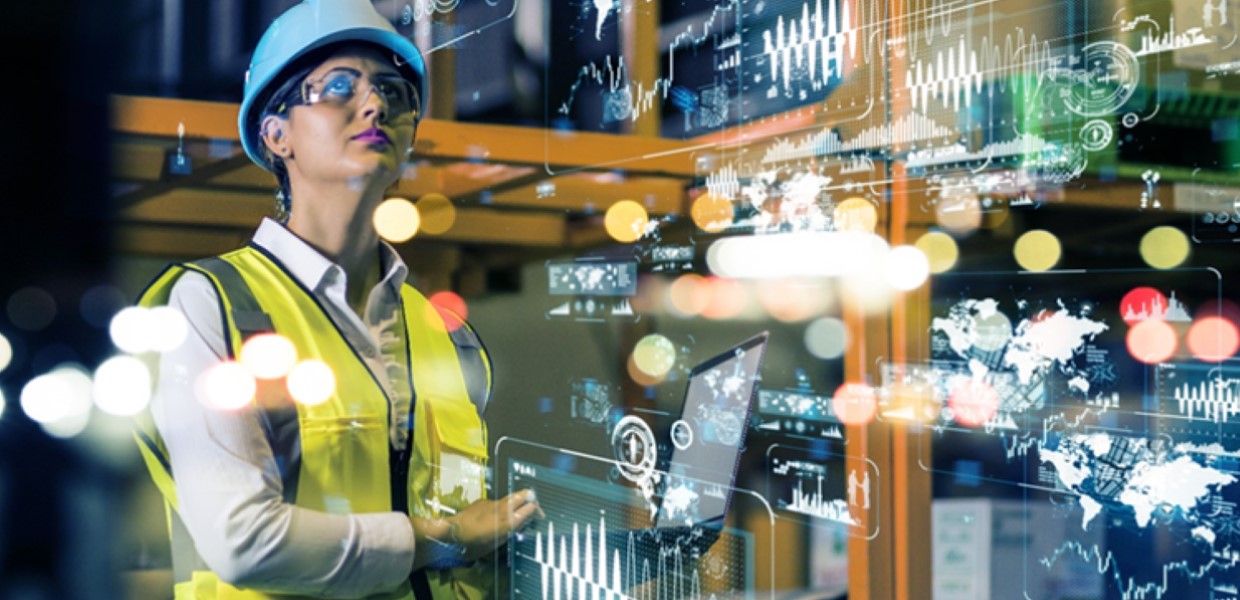The Internet of Things (IoT) connects tangible devices to the web—it can enable everything from your smart watch and your friend’s doorbell to your local hospital’s MRI machine.
IoT is everywhere — it’s activating today’s usage economy, impacting how companies solve problems, acquire assets, and conduct business. IoT is also changing the way people live, work, and achieve everything from the extraordinary to the mundane. Effective use of IoT means consumers and businesses have access to game-changing data, which has transformed consumer behaviours, business models, and industry operations. Overall, IoT has innovated the way people use and therefore, acquire physical goods and services.
"Smart cities", cities that leverage data from IoT technologies, are a prime example of how IoT is revolutionising the way we live. Many cities use the data from IoT technologies to enhance efficiencies in several key areas including public safety, traffic, and energy management.
What is a Usage Economy?
The usage economy is a system where people share or rent goods and services, prioritising access over ownership. These models strongly rely on IoT and telemetry to monitor and track usage and other customisable units of measurement. While some pieces of equipment are inherently “smart,” others can easily be made smart — infrastructure for IoT and usage measurement is largely available today.
While shifts to a usage economy have already taken hold in B2C industries like hospitality, transportation, and entertainment, interest is rapidly growing in B2B markets, especially for companies with high capital expenditures and variable usage patterns.
Businesses are seeing the value of using, rather than owning assets — with IoT tools, they can use data to track usage and with that, align costs and revenues, optimise asset fleets, project spending, and make better business decisions. This is where usage-based payment arrangements, such as DLL’s Pay-per-use solutions, come in. We have a dedicated team that specifically helps businesses evaluate how pay-per-use arrangements can help them achieve their business goals.
“Using” the Usage Economy
In a usage economy, pay-per-use models allow companies to pay for what they use—creating the question: how is usage measured across diverse types of equipment and assets? IoT can measure near-infinite data points. The challenge is not how something will be measured but instead what should be measured.
For example, a fleet of trucks procured through a pay-per-use model can be measured by miles travelled, locations visited, roundtrips, battery charges, and so forth. Pay-per-use models can also provide additional data to support enhanced fleet management, safety, and sustainability requirements.
To determine what metric(s) you should measure, ask yourself:
• What is the asset and how is it used?
• Do you have access to and understand asset-level data?
• What are your current fleet acquisition and management challenges?
• What business problem(s) are you trying to solve?
Usage-based payment solutions are not “one-size-fits-all". Determining whether this is a solution that could work for your business starts with a conversation — contact our Pay-per-use experts. Our experts will walk you through the process of using a pay-per-use payment solution or offering one to your customers. This includes getting an understanding of business goals and challenges, how IoT is capturing asset-level data, and where a usage-based payment solution could fit into business operations.
Usage-based solutions are an opportunity to leverage IoT to think differently and maintain a competitive advantage.
Disclaimer
In making its decision to enter into a financial product, the customer shall rely upon its own accounting, tax, legal and other professional advisors. Without limiting the foregoing, the Finance partner shall make no representations or warranties regarding the accounting or tax treatment of the financial product.
DLL’s Pay-per-use solution is currently available in Canada, United Kingdom, and United States.



